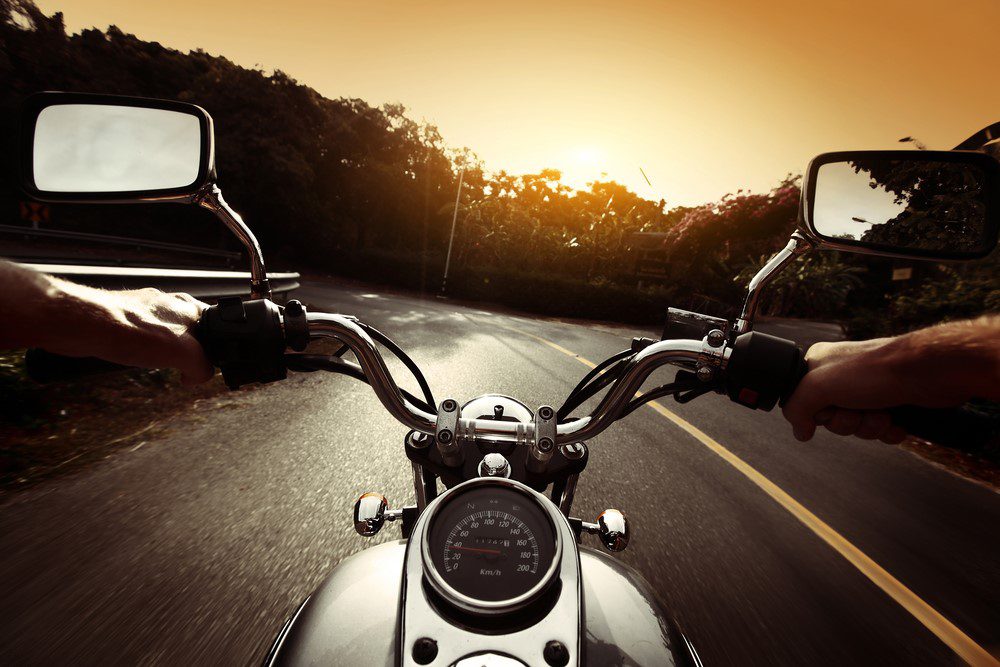Did you know that there is proper etiquette in the motorcycle world with waving? Well, if you didn’t, we would like to share with you our top 5 motorcycle waves. These waves are used by all different types of bikes to interact with other riders.
| Left-Handed Low | Aimed down towards street with the extension of one, two, three, or five fingers. |
| Left-handed Straight Out | Arm fully or partially extended higher or lower than shoulder. |
| Left-Handed High | Elbow should be bent with slight forward angling of the forearm. |
| Right-Handed | Typically employed by Ultra Classic and Goldwing riders. |
| Left-Handed Forward | Almost imperceptible due to the speed of the wave and the bike. |
 The origin of the biker wave began in 1904 when Arthur Davidson passed by William Harley and, since they knew each other, waved. Another biker saw these two “Kings of Motorcycles” and thought this was a biker necessity, and so it began.
The origin of the biker wave began in 1904 when Arthur Davidson passed by William Harley and, since they knew each other, waved. Another biker saw these two “Kings of Motorcycles” and thought this was a biker necessity, and so it began.
Just like there are different ways to motorcycle wave, there are different ways to insure your motorcycle. The first step is to check the minimum limits required by your State for Liability.
Liability insurance is not for you; it is for others.
Do you own your bike outright? Do you have a lender and are required to have comprehensive and collision coverage?
Comprehensive and collision coverage may be optional if you own your bike outright. If you lease or finance your bike, it may be required until your bike is paid off, but the coverage is helpful to you in the case of a covered claim.
Comprehensive and collision coverage help pay to repair or replace your bike if it’s damaged in a covered claim. Collision insurance covers different types of risks than comprehensive insurance.
Collision coverage helps pay for repairs if your bike is damaged in a collision with another vehicle or object, like a tree or fence.
Comprehensive coverage helps cover your motorcycle if it’s damaged in a non-collision incident, usually in the case of theft, falling objects, or vandalism. However, it does not cover normal wear and tear, or breakdowns due to lack of maintenance.
Collision and comprehensive coverage have their own coverage limits; this is the maximum amount your policy will pay for a covered claim. You are responsible for any costs that are above your coverage limit. The limit for collision and comprehensive coverage is your motorcycle’s actual cash value; actual cash value takes depreciation into account.
Collision and comprehensive coverage each have a separate deductible amount you choose. The deductible is the amount you pay out of pocket toward a covered claim.
If you have added after-market parts to your motorcycle, you will want to add some coverage with optional equipment coverage.
In addition, adding coverage for uninsured & under insured motorists allows you to have some coverage in the case of a claim where the other party is at fault, and they are proven to be uninsured or underinsured.
Additional coverage for medical payments is also a good thing to add on to your policy.
Many of these coverages are optional, so it is best to discuss your needs with your Agent
